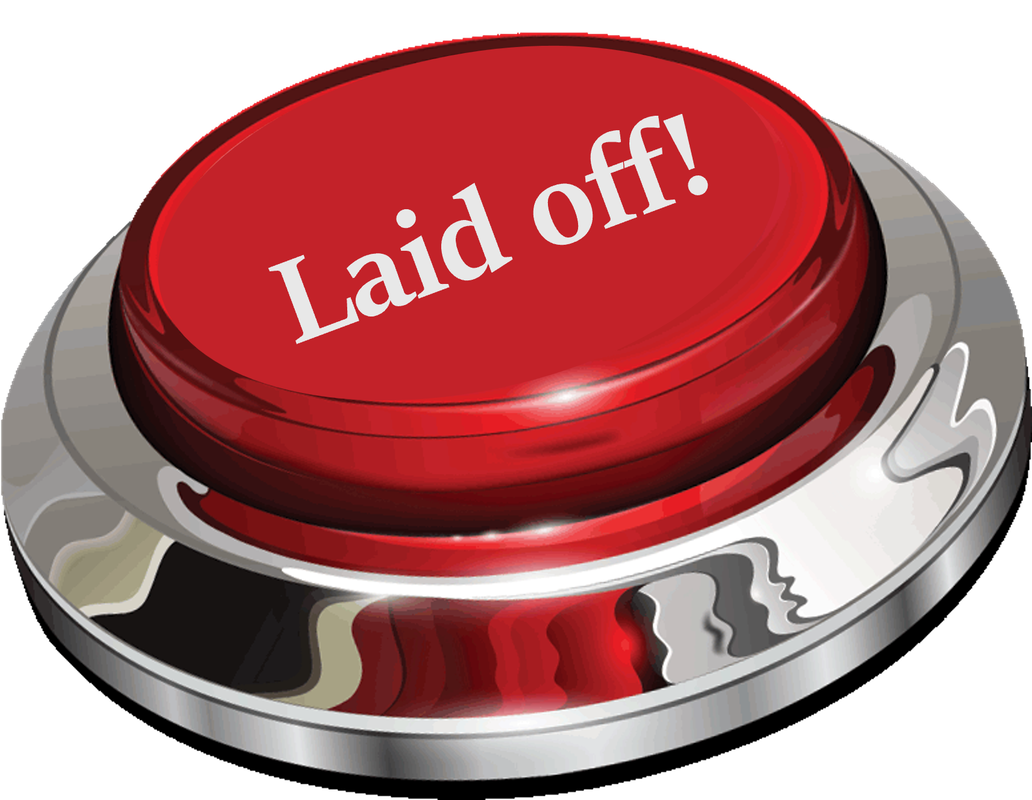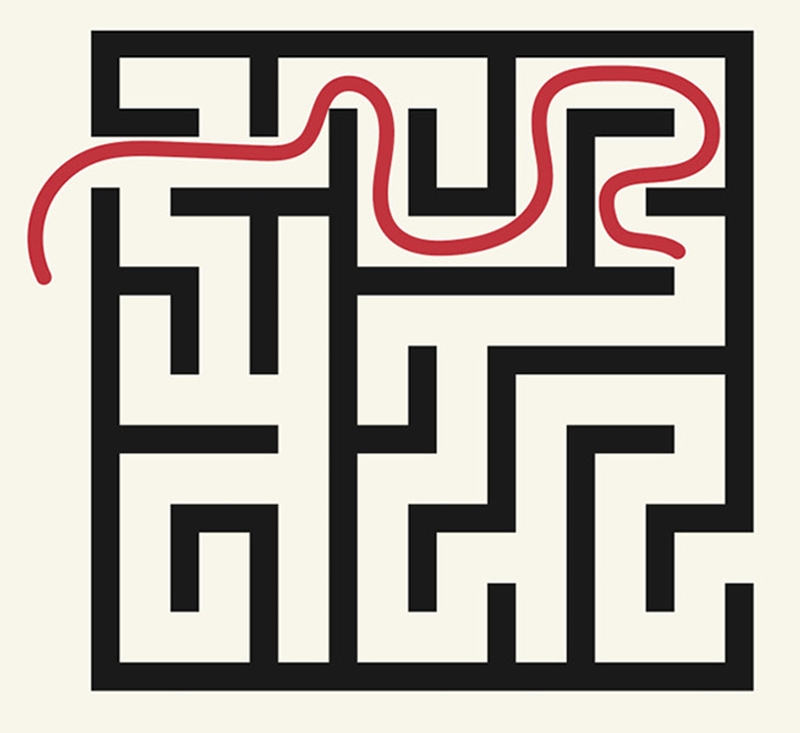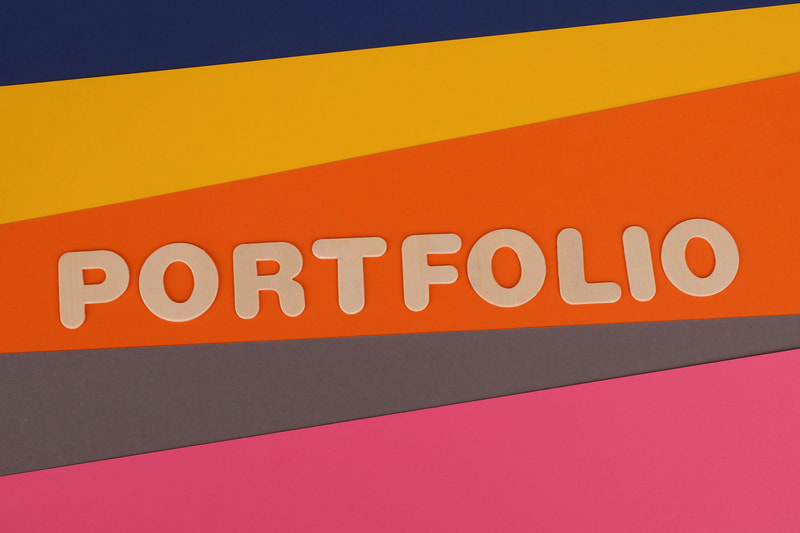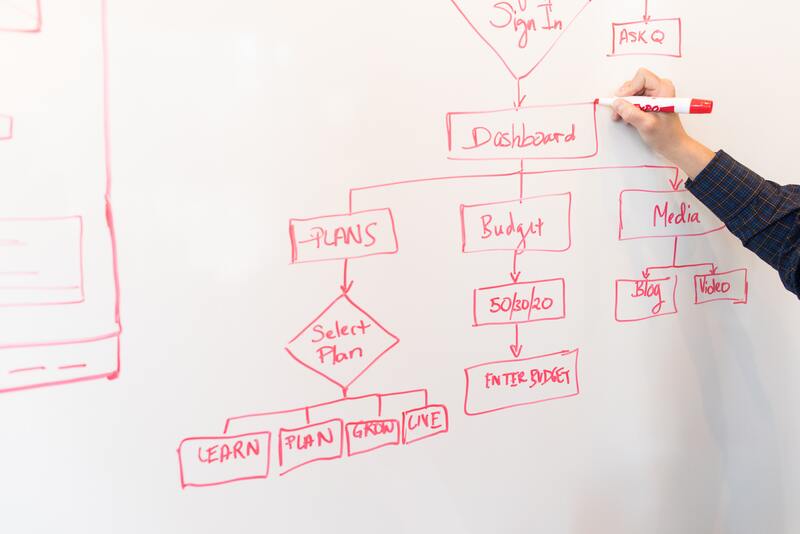|
By Brenda L. Peterson, The Layoff Lady About The Seven Layoff LessonsThrough my seven layoffs and many conversations with others in post-layoff career transition, I have learned seven core lessons:
About Layoff Lesson Four: Shape and Share Your StoryNow that you’ve determined what you want in your next role, your new challenge is learning to tell your story. This includes telling the overall story of who you are professionally and the value you bring. To this end, you'll use a few key documents to summarize what you do, highlight your core accomplishments, and persuade that employer that they should spend more time learning about you. Your Job Search ToolkitYour job search toolkit is the collection of information you need to showcase your value to a potential employer. Each item in this list helps you share a part of your story during the hiring process.
Your What I Want StatementBased on what you learned during your Structured Soul Searching, the next step is writing a clear and concise “What I Want Statement." This statement can help you as you review job openings and prioritize your applications to those that most closely align with your goals. This statement can also be repurposed when letting other people know what jobs interest you the most. Your Professional SummaryIn addition to your “What I Want” statement, you also need to be able to tell your career story. Your professional summary is that paragraph of quick-hit information that starts to outline who you are, your qualifications, and what you bring to the table as a candidate. This statement can also be repurposed when letting other people know what jobs interest you the most. Your Interview AnswersThe same stories you use in your resume to showcase your skills and the results they generate can also become the answer to commonly asked interview questions. Instead of answering with no plan and hoping for the best, you can use a model, like CARL or STAR, to structure your answers and get to your point more quickly. For The Whole StoryFor all the information on each of the seven lessons pick up a copy of my book Seven Lessons From Seven Layoffs: A Guide. Learn More
0 Comments
By Brenda L. Peterson, The Layoff Lady Where Do I Even Start?If you work in an industry where potential employers want to see examples of your previous work, putting together a portfolio is a good idea. As someone who works in the field of learning and development, I know that it's valuable for me to have additional evidence to prove that I actually have all of those skills I brag so much about on my resume. Whether you're job searching or building your overall career resilience and opportunity readiness, having an online portfolio is a good step to take. Like any new endeavor, figuring out where to start can be challenging. There are countless options, and even more opinions, on what the ideal portfolio looks like. Here is my five-step process for helping you to create a portfolio that works for you. Step 1: Identify Your GoalsThis is the step you might be tempted to skip. However, if you don't take a little time to figure out what you're trying to accomplish with your portfolio, you most certainly won't reach your goals. Here are a few questions to ask yourself to help you clarify what you want:
Depending on your answers to these questions, your goals may include one or more of the following:
The answers to these questions will influence your portfolio creation choices. Step 2: Decide What To IncludeThe specific content you include in your portfolio will depend on your overall goals. In my chosen field of learning and development, here are a few of the kinds of work samples I might want to include:
Remember, your portfolio is not just about the documents you include. It's also about the story you tell about how you solved a problem and how the artifact you include supports that narrative. Step 3: Gather Work SamplesOnce you have identified your goals and thought about the skillset you want to showcase, it's time to choose the specific documents you will include. Here are a few possibilities for locating or creating your actual work samples:
Whether you have existing documents you used in previous roles, re-create samples similar to past work projects, or re-purpose project documents created as part of another interview process, determine what you will include. Step 4: Choose and Implement TechnologySince you are creating an online portfolio, choosing the underlying technology is an important step. While there are countless options available, here are three viable choices to consider:
Step 5: Share Your Portfolio.Depending on your goals, you may have your portfolio as a website that someone could discover on their own or a link that can only be accessed after you share it with someone. Regardless of your portfolio format, there are a few cases where you will proactively share your portfolio link:
Make Your Portfolio 1.0At this point, you may be excited about all the possibilities and overwhelmed with uncertainty. Here's my recommendation for creating at least a starter portfolio for yourself.
Congratulations. You now have a portfolio. Take a week off from looking at it, and then make an appointment with yourself to revisit your portfolio goals and next steps. What Do You Think?What goals and design choices did you make with your online portfolio? Include your thoughts in the comments. Learn More
By Brenda L. Peterson, The Layoff Lady Thinking Through Your WhyWhen creating an online portfolio, as with many tasks in life, it's helpful to think about your goals. Thinking it through now will help you to create a portfolio that meets your short and longer-term goals. Depending on your wants, needs, industry, and timeline for completion, your portfolio could take any number of forms and be the right choice for you. Until you identify your goals, you are at risk of making an ill-advised decision that could cost you time, money, and opportunities. Identifying Your Portfolio GoalsHere are a few questions to ask yourself as you determine your portfolio goals:
My Portfolio Lessons LearnedA few years ago, when applying for jobs, I realized I needed an online portfolio to show hiring managers supporting evidence that I could use the learning and development skills included in my resume. I looked at job descriptions for training leadership roles that interested me and noted the specific keywords and skills that were most often included. From there, I chose work samples to showcase those identified skills. For each sample, I included a brief introduction to position the value of each artifact. I shared a project plan, a pitch deck promoting a company-wide change, a facilitator guide, and microlearning videos on technical, soft skills, and business-related topics. From a technology standpoint, my portfolio was a hidden page on my existing website. That portfolio page was non-searchable and not listed in website navigation, but it was available directly through the page's web address. As needed, I could include that URL on my resume, email it to hiring managers, or include it in an online job application. What Do You Think?What are your goals for your portfolio? What kind of content do you think it makes sense for you to include? As you are comfortable, share your ideas in the comments. Learn More
By Brenda L. Peterson, The Layoff Lady About PortfoliosDepending on the field in which you work, you may be asked to submit work samples at some point during the hiring process. The collection of examples of your work product is often called a portfolio. The content of your portfolio will vary depending on your goals, your industry, and the type of roles for which you are applying. Portfolios in Days of YoreEarlier in my career, I had my "me book" that I woudl bring with me when I had in-person job interviews. It was a three ring binder the included neatly organized printed samples of my previous work. I did not give this to a hiring manager, but I would do a brief show and tell and explain each document. In addition, I also included a copy of my resume, certificates from classes I had taken and certifications I had achieved, and transcripts from college and graduate school. When I attended and interview with a hiring manager or potential coworkers, often someone would ask if I happend to bring any work samples with me. I would often walk them through one or more of my work samples, described the design decisions involved in its creation, and told them the story of how I solved a work problem and how that work sample fit in. Portfolios NowNow, typically a portfolio is expected to be available online. You should have a link that you can share with a potential employer. In some cases, employer may review your work samples later on in the hiring process. In many cases, employers may ask for a portfolio link during the application process. Depending on the role and organization, companies may even not consider applications for some jobs which do not include a portfolio link. What To IncludeWhen it comes to determining what to include in your portfolio, it comes down to your overall goals. At it's most basic, you need to make sure you include samples of your work that align with the tasks and projects included in the jobs you would like to do. Here are a few examples:
Overall, you need to figure out what skills are required, and show examples of how you have done that type of work in the past. What You Can ShowcaseYour overall goals for your portfolio will help you determine what to include. Depending on what skillset you are trying to demonstrate, here are just a few of many possible focus areas for someone who is an instructional designer:
None of these examples is right or wrong. Instead these are alternate approaches you might want to take to support your overall professional goals. What Do You Think?What skills do you want to showcase in a portfolio? What skills and work examples might you include? What approach might you take to organizing your portfolio? Share your thoughts in the comments. Learn More
By Brenda L. Peterson, The Layoff Lady Demonstrating Your SkillsEmployers are trying to find someone to solve the unique problems their business has. Recruiters and hiring managers will want to make sure that candidates have the skills and competencies included on their resume. Let's look at a few ways employers might verify candidate abilities during the hiring process. About Assessments and Work SamplesDepending on the company, the newness of the position, and the level of the role, there may be more to the interview process than talking with all the stakeholders. Potential employers may also ask you to complete projects to demonstrate key skills. Some employers may rely on your existing portfolio and review your previous work. In other cases, employers may ask you to complete specific work samples as a part of the interview process. This means completing unpaid work during the hiring process to demonstrate your skills as they more directly align with that role. In addition, they might ask you to complete assessments as well. My Experience With AssessmentsAs a part of a few hiring processes, I’ve been asked to take various tests to assess my tendencies, abilities, and aptitudes. Key focus areas often include problem-solving, strengths, work style, spatial ability, logical thinking, and temperament. For one role after layoff #7, the first two “interviews” with one organization were online assessments that compared my test results to a role-specific and company-specific ideal profile. For that job opening, I had 2 “interviews” like this and received a rejection email without interacting with actual people. For another hiring process, I took online exams on logical reasoning, general intelligence, and basic math before I was eligible for a phone screen. In some cases, assessments may be a prerequisite to meeting with a human interviewer or may be included later in the process to gather supplemental information right before making an offer. Concerns With AssessmentsWhile assessments have value, they may not help employers find a better candidate. Assessments can be useful when they are used to verify skills relevant to performing a specific position well. However, some assessments may be checking for skills not required for a given role. In addition, some assessments are not intended to be used during the hiring process and may introduce irrelevant or biased information into the hiring decision. My Low Time Committment ProjectsAs someone who works in the field of learning and development, I expect a potential employer to ask to see my portfolio. In many cases, during the application process, they will ask for a link to an online collection of work samples. On occaision, potential employers will ask for reccommendations on which of my work samples they should review more closely that align with the specific skills for any given role. I'm also ready to talk an employer through my work samples and highlighting my process in developing those materials. I also expect to be asked to demonstrate my ability to present content to a group. On many occaisions, I've been asked to deliver an interactive 10-15 minute presentation on the topic of my choosing to a panel of interviewers. For a manager role, I've often been asked to put together a 30-60-90 day plan outlining my initial onboarding and how I would identify and prioritize projects. My High Time Committment ProjectsAs I’ve progressed into higher-level roles, the projects have become more time intensive and elaborate. Here are a few examples: For a consultant role, I was tasked with creating an innovative plan for employee onboarding for new contractors and full-time employees. For this project, I designed a pitch deck to garner buy-in from stakeholders on the solution. I delivered that presentation to a group including the hiring manager, additional managers, and team members. I also designed a blended learning solution that leveraged subject matter presenters and accommodated people having distributed locations and start dates. For a manager role, in addition to a 30-60 day onboarding plan for myself, and created a list of equipment, software, subscriptions, and additional resources needed to begin creating videos for the company. For a program manager role, I was tasked with creating an innovative onboarding program to teach new full-time staff about company products. I designed a new hire career fair with multiple tables showcasing different products, complete with a passport for trainees to collect stamps. Those trainees who visited each table and filled out their passports were enrolled in a prize drawing for a bigger company-branded prize. For a director role, during the initial application, I answered several essay questions along with my resume and a cover letter. Later in the interview process, after taking two professional assessments, I was also tasked with completing these three projects:
Concerns With ProjectsUltimately, I did not receive job offers for any of these roles where I completed more elaborate work samples. I also found it frustrating to be tasked with what ended up being hours and hours of skilled work without being compensated, or ending up with a job offer. In the abstract, I’ve seen many people bluster on social media about what they won’t do as part of an interview process. I also don’t necessarily disagree with the boundaries those people suggest. I do know that making that decision feels much different in the throes of job searching. When being asked to do a few projects to help you get a job you think you’ll love, it’s often hard to say no. Here are a few suggestions I have for deciding what you personally are willing to do as a part of the interview process. Strategies to Adapt
Learn More |

Just get laid off?
Click here for info on what to do first. Author7-time layoff survivor Brenda L. Peterson, The Layoff Lady, waxes poetic on layoffs, job transitions, & career resilience. Buy The Book!Were you recently laid off from your job and need a roadmap for what's next? Pick up a copy of my book, Seven Lessons From Seven Layoffs: A Guide!
Categories
All
Archives
July 2024
|













